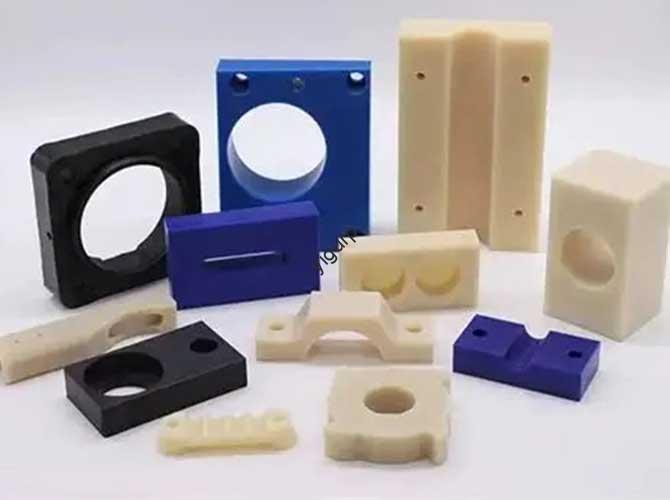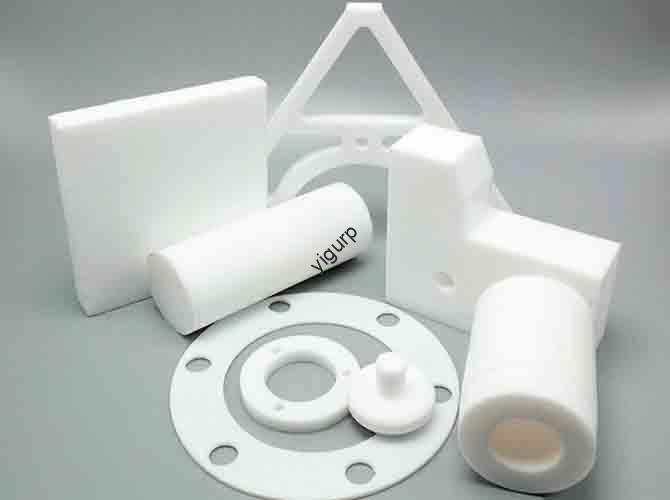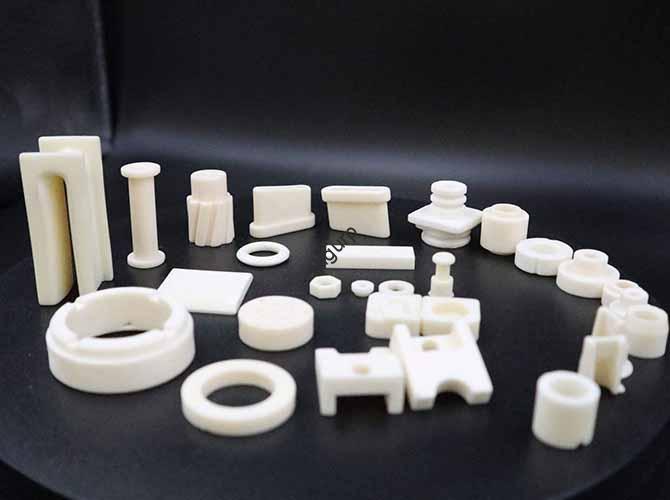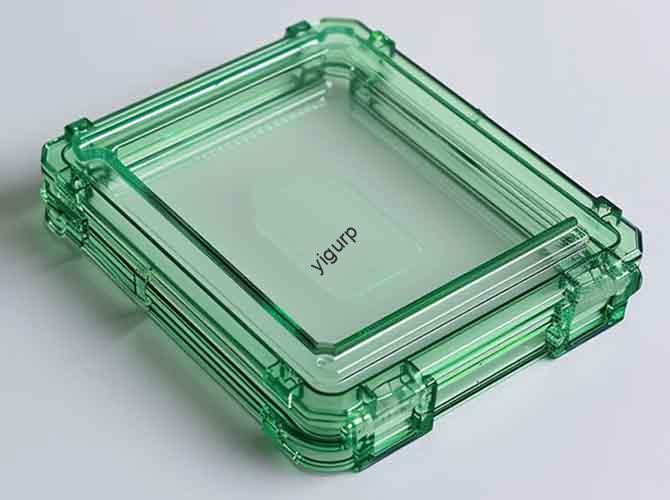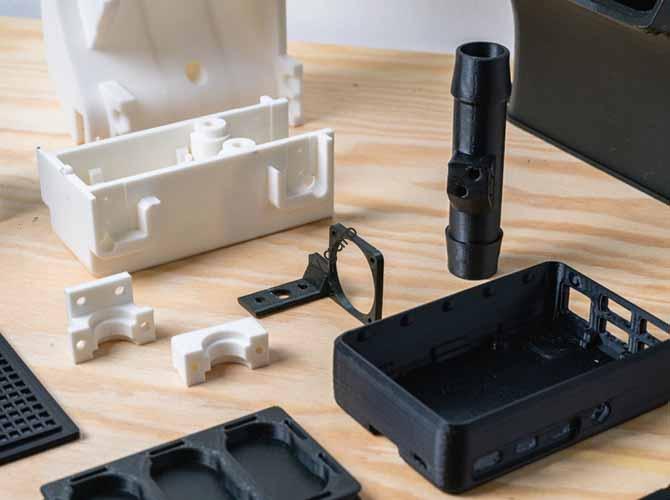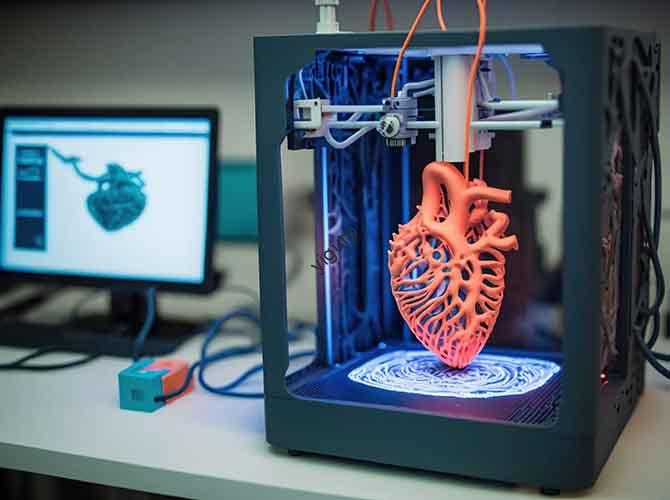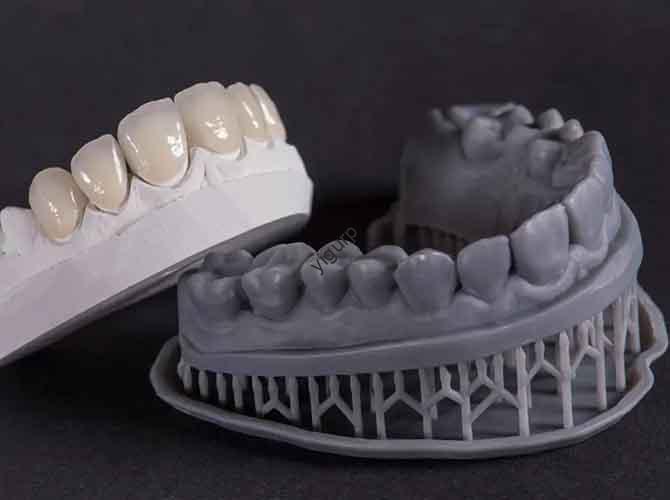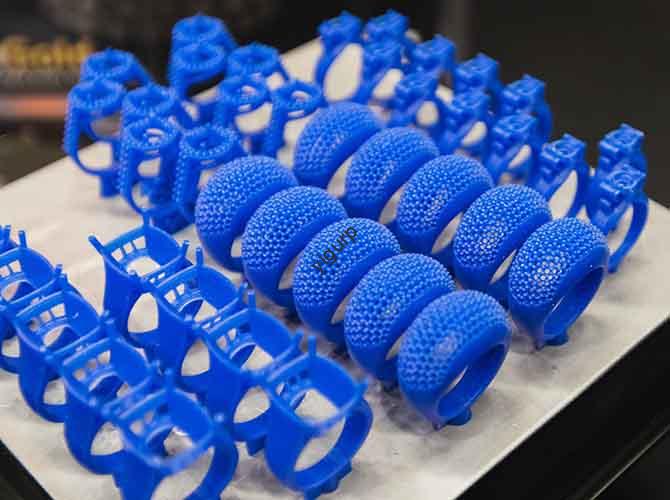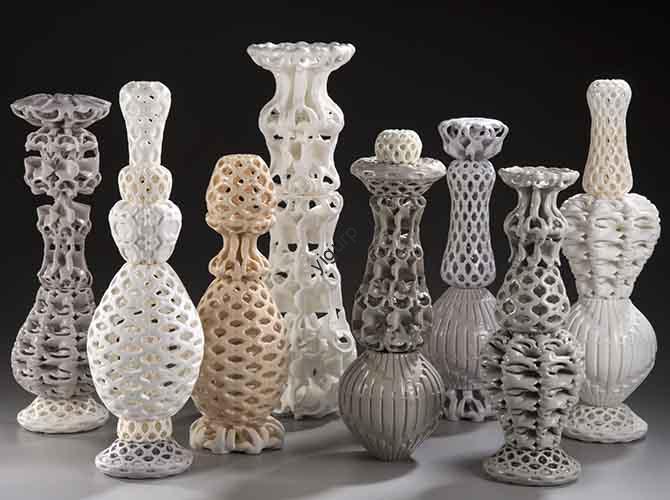Cosa devi sapere sulle parti di stampaggio di plastica composita in silicone?
Silicone composite plastic molding parts are specialized components produced by copying plastic parts using silicone molds—a process that balances precision, costo-efficacia, e flessibilità. Unlike traditional metal mold manufacturing, this method leverages silicone’s elasticity to replicate intricate details while keeping small-batch production costs low. This article breaks down the core principles, processo passo-passo, Vantaggi, Limitazioni, E […]
